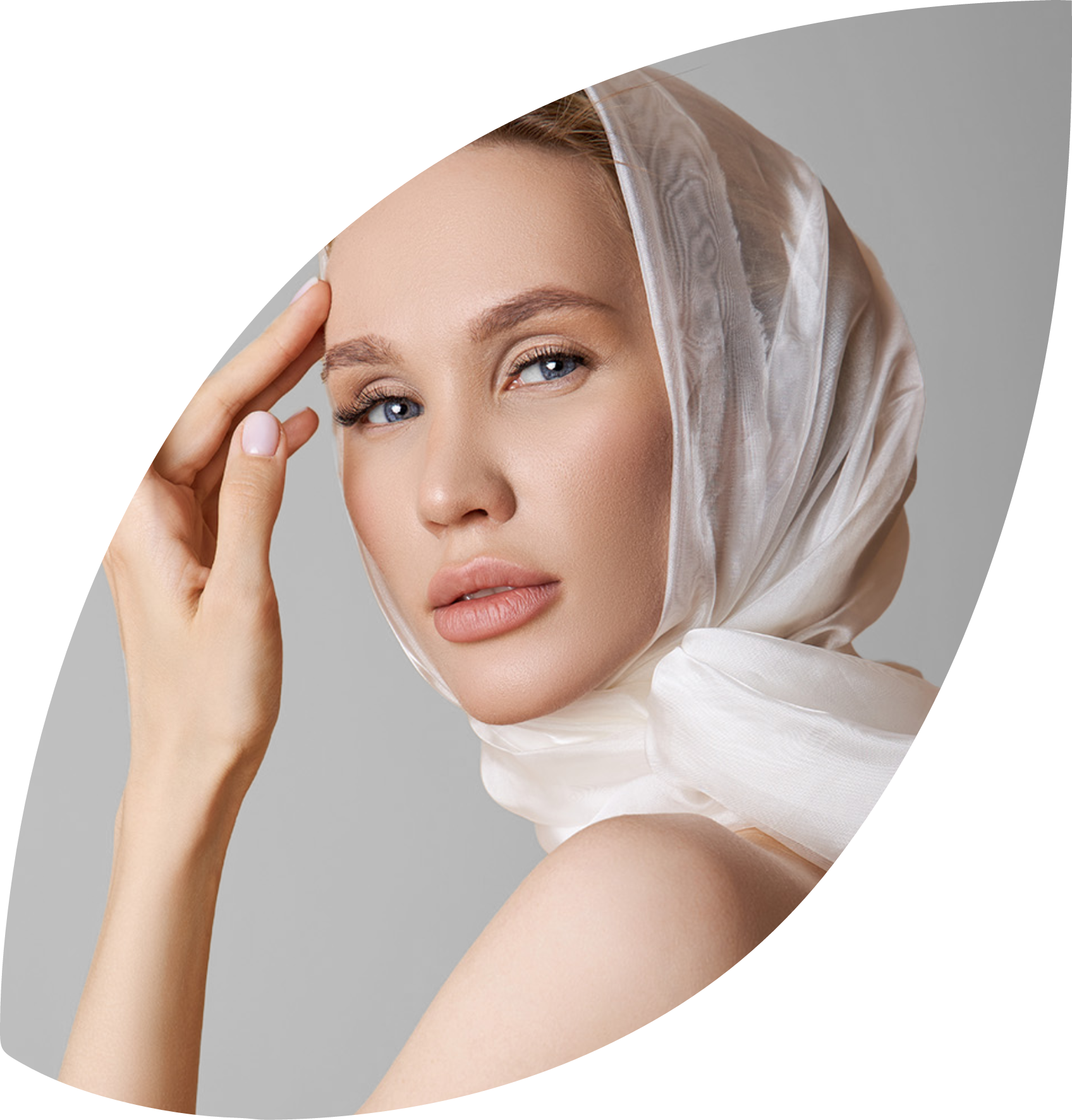FAQS
Contents
- 1 What is plastic surgery?
- 2 What kind of anesthesia is used?
- 3 What can I expect at my consultation visit?
- 4 Will I be able to breast feed after breast enlargement surgery?
- 5 What type of implants do you use for breast augmentation?
- 6 Do the implants have to be changed after several years?
- 7 What can be done for frown lines and crow’s feet?
- 8 What happens if I gain weight after liposuction?
- 9 When can I go back to work?
- 10 When can I begin to exercise again?
- 11 How much will my procedure cost?
- 12 Will insurance pay for my procedure?
- 13 Why is it important for my surgeon to be board certified?
What is plastic surgery?
Plastic surgery is a specialty dedicated to the enhancement of the face and body.
What kind of anesthesia is used?
Our doctors perform surgery under most types of anesthesia — local anesthesia, intravenous sedation (“twilight”), general anesthesia and regional anesthesia (nerve blocks). The method of anesthesia used is based on the patient and surgeon’s preference
What can I expect at my consultation visit?
During your consultation you will meet with both the doctor and his or her nurse. Our doctors emphasize patient education and feel it is a crucial part of your surgery process. We answer your questions, share our philosophy and inform you of our surgical approaches and options. A formal, individualized exam is performed with both nurse and physician present. Specific recommendations are then made based on the your anatomy and desires. Monarch Plastic Surgeons pride themselves on making you feel comfortable, and encourage you to bring a spouse, friend or family member with you. At the conclusion of the consult, fees for hospital, anesthesia and surgeon are quoted. Our nurses are available throughout the day by telephone to answer any questions you may have.
Will I be able to breast feed after breast enlargement surgery?
Yes. Breast augmentation should not affect your ability to breast feed.
What type of implants do you use for breast augmentation?
Saline implants (filled with sterile saltwater) are available in both round and teardrop, or anatomic, shapes. Silicone-gel and silicone cohesive gel (gummy bear) implants are available to women meeting certain criteria, and also come in round and teardrop shapes.
Do the implants have to be changed after several years?
No. As long as there are no problems with the implants, they should not have to be replaced.
What can be done for frown lines and crow’s feet?
We use our facial muscles for smiling, frowning and other expressions. Over time, prominent lines are formed in the outer layers of skin. A substance called Botox® Cosmetic can be injected into these overactive muscles to smooth these problem areas.
What happens if I gain weight after liposuction?
Because a large portion of fat cells have been removed from your “stubborn” areas, the added weight will likely be distributed evenly across your body.
When can I go back to work?
The length of time for recuperation after plastic surgery varies depending on the procedure. We will discuss with you in detail your post-operative care and recovery instructions. The techniques offered today allow patients to return to work fairly soon following surgery.
When can I begin to exercise again?
The procedure performed determines when a patient may resume physical exercise. All patients are encouraged to start a slow walking routine and hold off on anything more strenuous until after consulting with their doctor.
How much will my procedure cost?
All fees are based on the length and complexity of the procedure. At the conclusion of the consult, fees for hospital, anesthesia and surgeon are quoted. All of the post-operative appointments are included in the surgeon’s fees as well.
Will insurance pay for my procedure?
Most cosmetic procedures are considered elective (not medically necessary) and are not covered by health insurance.
Why is it important for my surgeon to be board certified?
When you’re looking for a plastic surgeon, make sure he or she displays the twin arcs that form the logo of the American Society of Plastic Surgeons (ASPS). While you might accept “generic” substitutes in your weekly grocery shopping, when you’re dealing with the future of your body, you don’t want to cut corners. The ASPS symbol of excellence is the sign to look for when you are searching for a plastic surgeon certified by the American Board of Plastic Surgery (ABPS). While other physicians may practice cosmetic surgery, not all may display this prestigious symbol. In order to become an ASPS member, a plastic surgeon must be certified by the ABPS medical board or the Royal College of Physicians and Surgeons of Canada.
Only ASPS members are allowed to display the twin arcs. The two arcs that are almost, but never quite touching, represent the plastic surgeon’s quest for perfection in molding the human form. It is the symbol of searching for the ideal, of striving for beauty. It’s the symbol of excellence in plastic surgery. Look for it. View our surgeons’ bios to see their credentials.











